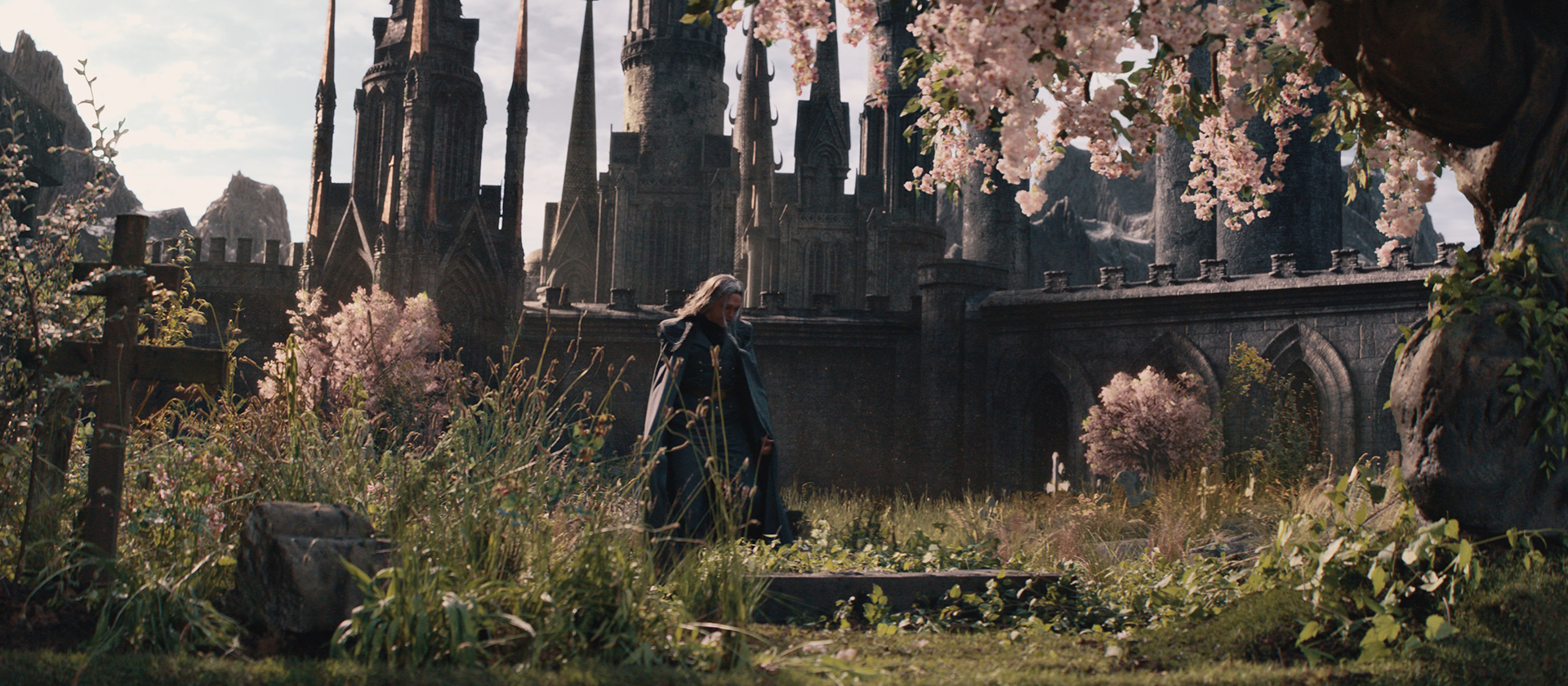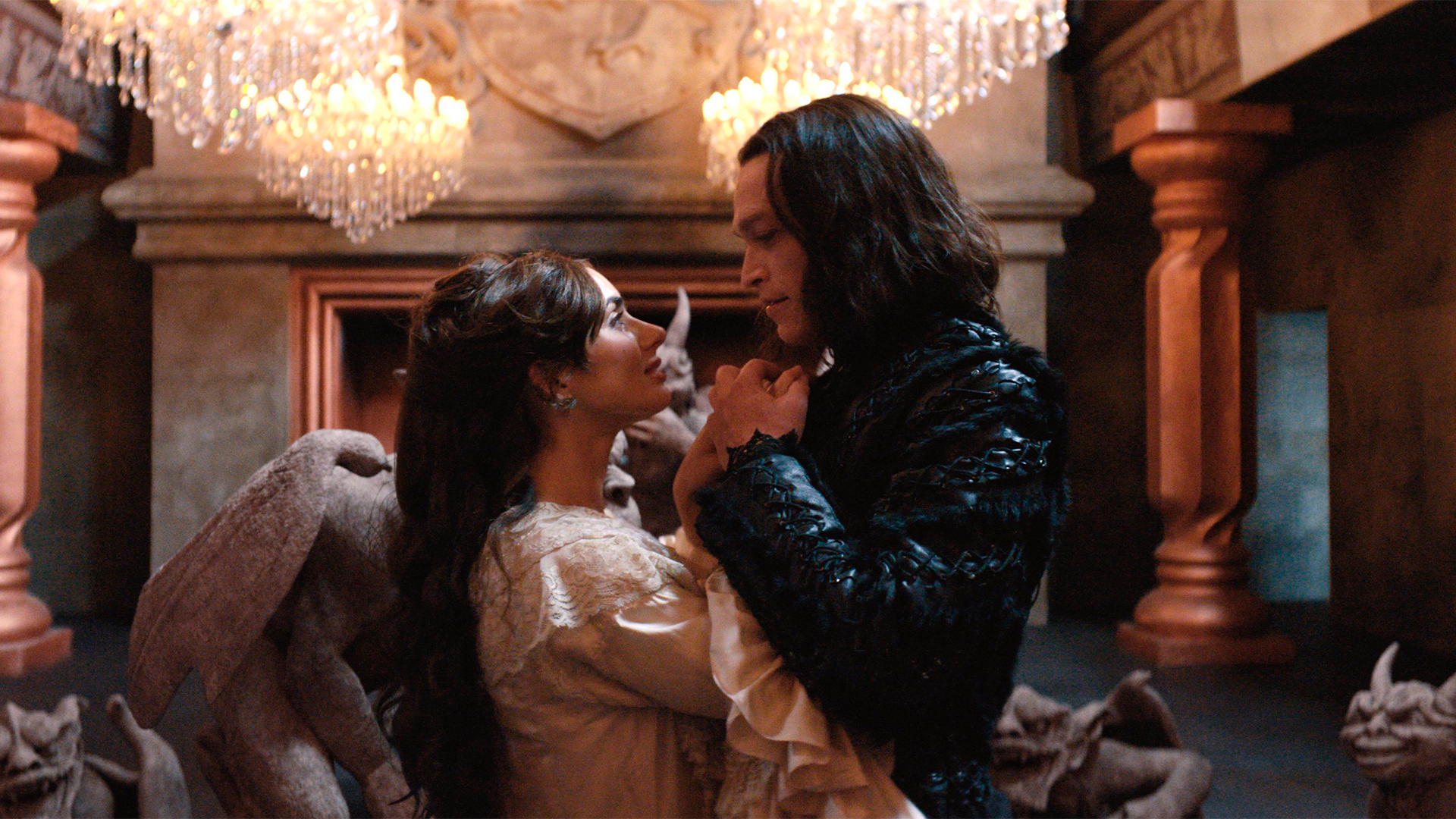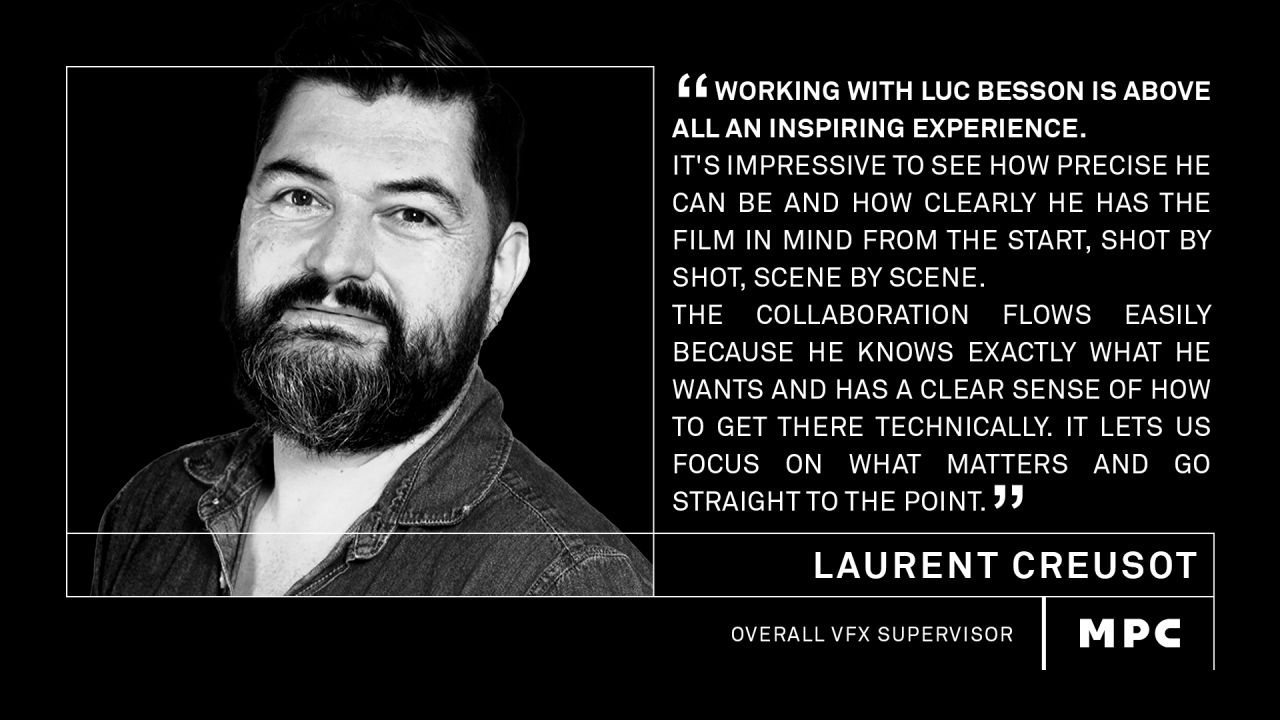Synopsis
After his wife dies, a 15th century prince renounces God and becomes a vampire. Centuries later in 19th century London, he sees a woman resembling his late wife and pursues her, sealing his own fate.

For Luc Besson’s film Dracula, MPC Paris handled the visual effects over a six-month production period. The team delivered 656 VFX shots, including around ten fully CG sequences.

The adventure began in January 2024 with a prep phase led by Laurent Creusot, overall VFX Supervisor on the film. With 30 years of experience, he worked closely to bring the director’s vision to life on screen.
A total of 162 professionals — artists and technicians — were involved, with VFX production overseen by Nicolas Nepveu and Alice Neichols. Huge congratulations to our teams for their talent, commitment, and passion throughout the “DLT journey”.
The wolf meadow sequence with its extensive CG snow was quite a task. So was the full CG exterior of the castle and its surrounding environment—mountains, lake, cemetery. We had to match the aesthetic of the real and practical sets while embracing creative freedom. And of course, the gargoyle work stands out for us—it’s always exciting for a VFX team to bring creatures to life. At MPC, we have a strong reputation in that area—when creatures are involved, people often come knocking on our door. Oh, and the decapitation sequence was a lot of fun too—less horror, more Grand Guignol, with blood spraying everywhere. That kind of over-the-top moment is always enjoyable to create.”
Laurent Creusot, Production VFX Supervisor
“The gargoyles was the real challenge—making these small stone creatures move athletically without looking silly or unrealistic. I’m proud of the balance our animators achieved. We tested different animation styles and constantly refined them with Luc’s sharp eye. He could assess a shot’s strengths and weaknesses instantly—even when it involved multiple characters. We filmed gymnasts/actors in costume to guide basic motion and blocking. Each gargoyle was then reanimated to match our stylized approach, balancing weight, rigidity, and acrobatic fluidity. Their faces were completely static, so all emotion had to come through body language—a true animation challenge.
We filmed all actions from multiple angles with our own cameras, in addition to the film cameras, to better understand and replicate the performances in 3D. This wasn’t motion capture per se—no tracking markers—so as to keep the set flexible and avoid tech slowing down the shoot.
Replacing the actors involved heavy cleanup and environment reconstruction—since the gargoyles’ anatomy differed too much, we couldn’t just “overlay” CG on top. We had to remove them completely and replace them with digital doubles.”



